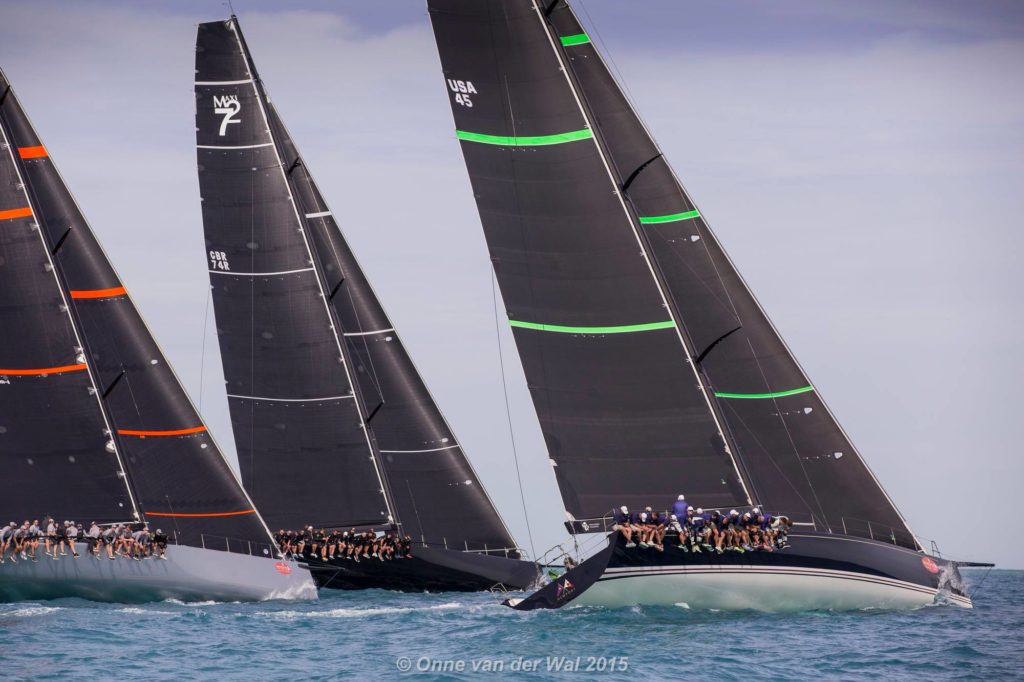
Terry’s Tips: Recovering from an OCS
Regattas are often won not by the sailor with the most great finishes, but by the sailor with the fewest bad finishes.

Regattas are often won not by the sailor with the most great finishes, but by the sailor with the fewest bad finishes.
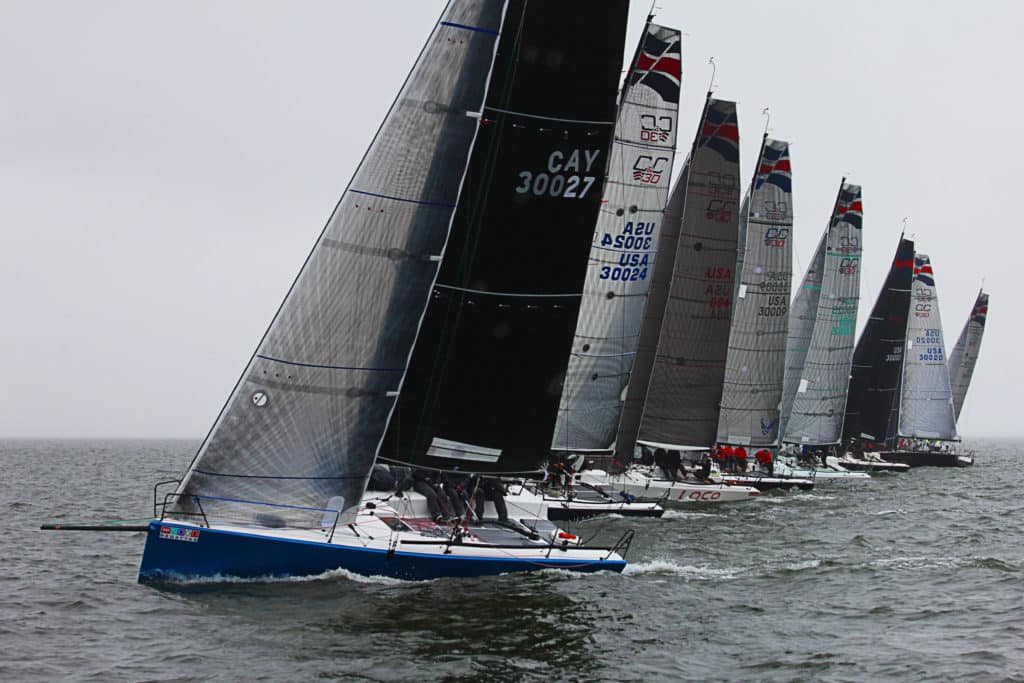
Knowing when to deviate from the fundamental rules of racing makes for more accurate tactical decisions and greater success on the racecourse.
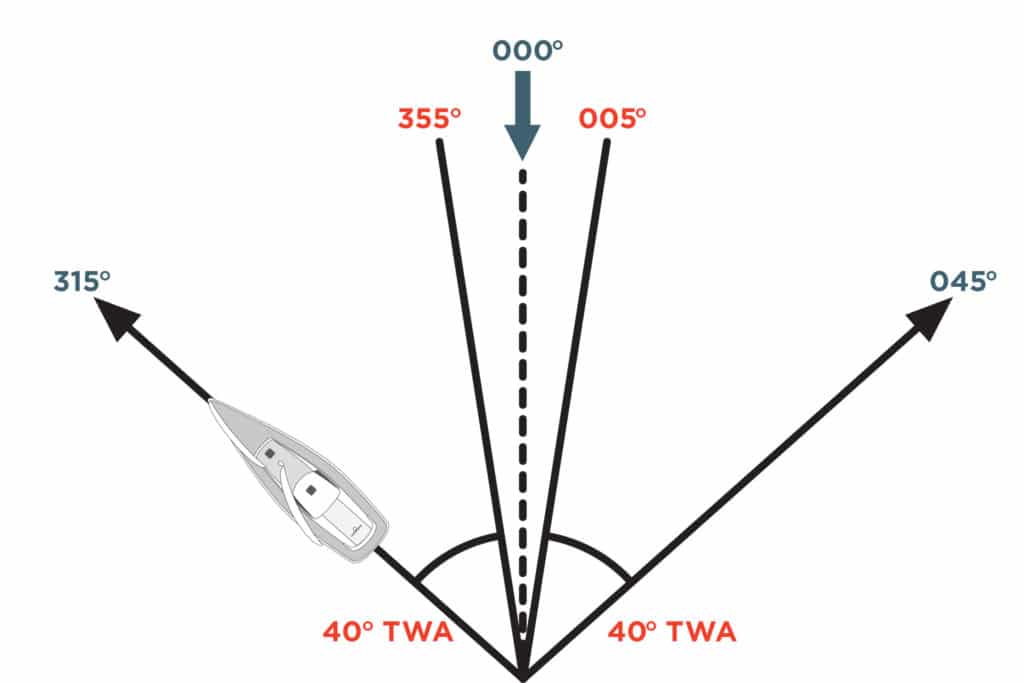
If you sail by the numbers more than by the seat of your pants, then the calibration of your instruments is critical. Here’s how to ensure that your numbers are always reliable.
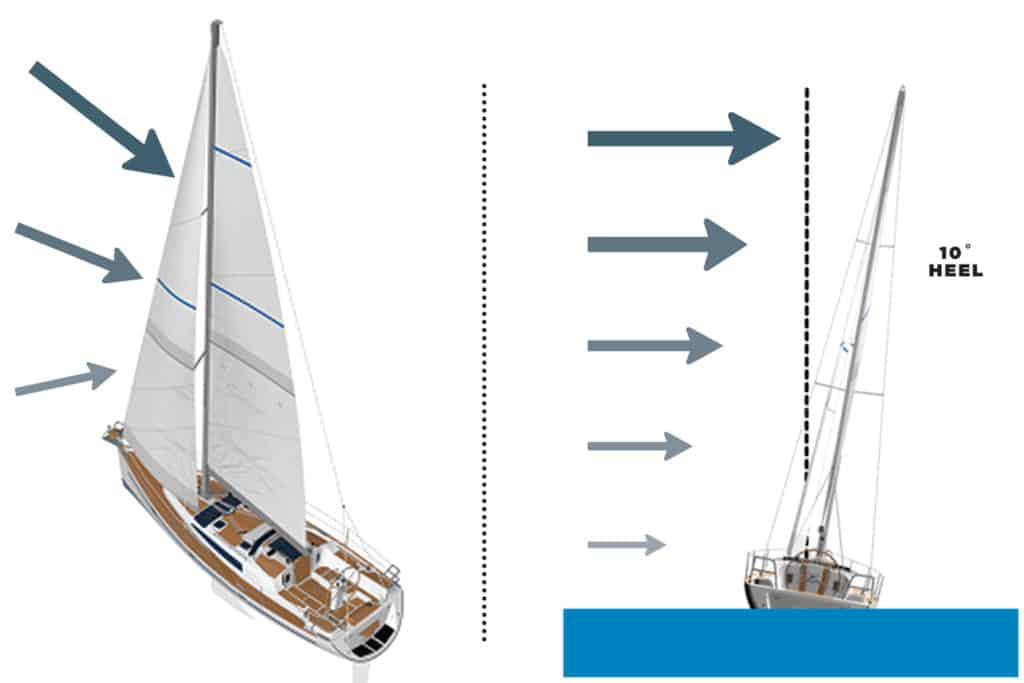
To understand what your instruments are really telling you, it’s important to first understand what the wind is doing and how it’s affecting your boat.
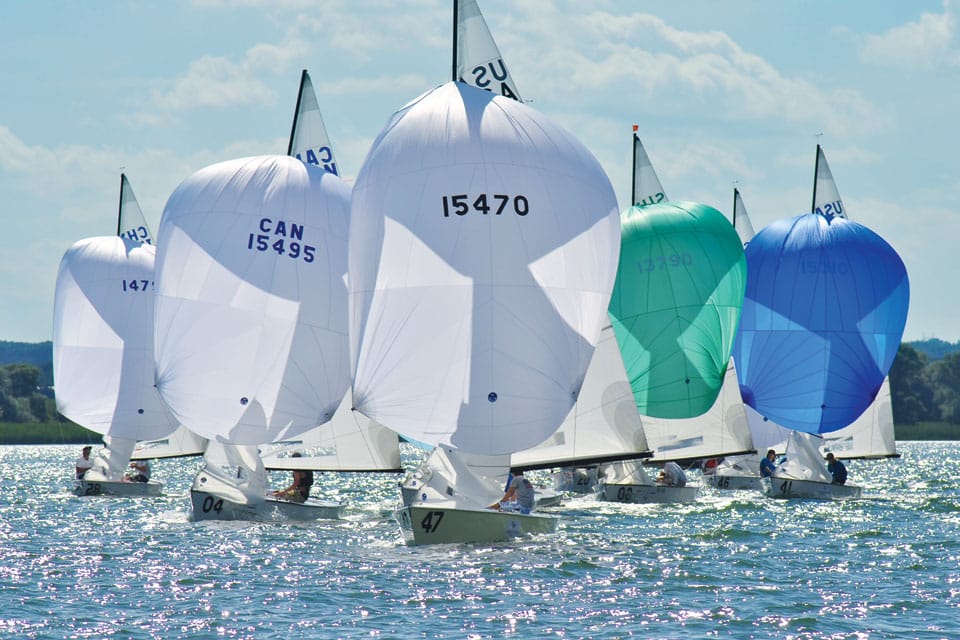
You’re only as good as your last improvement, and when it comes to winning a world championship, that means drawing upon past experiences.
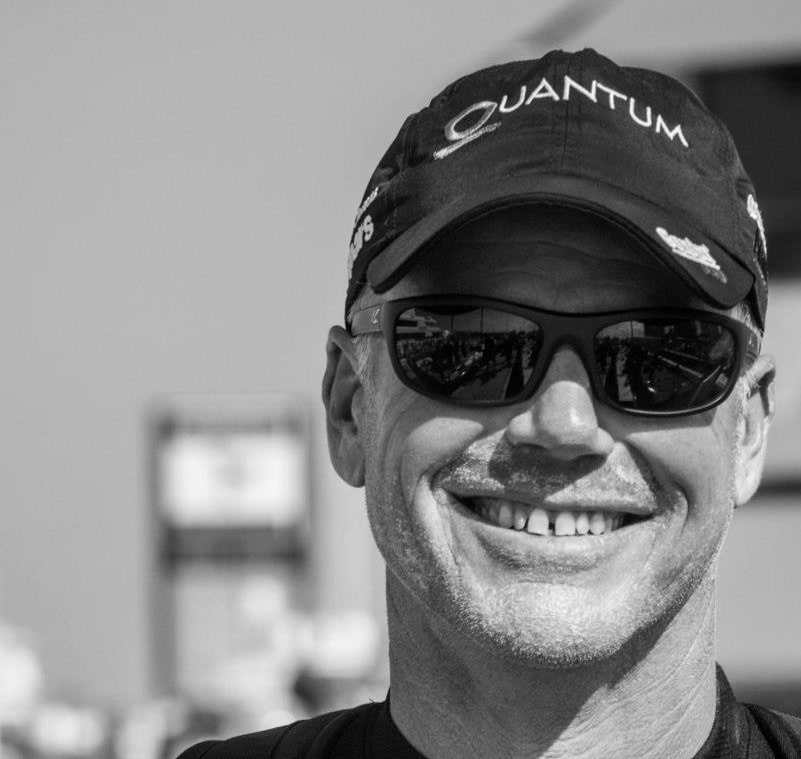
When the team hasn’t sailed together in a while, there’s an easy way to get everyone on the same page and going fast.

Different experts have different opinions about how wind flows over a near-shore racecourse. Find a full list of reference materials below. From our October 2013 issue.
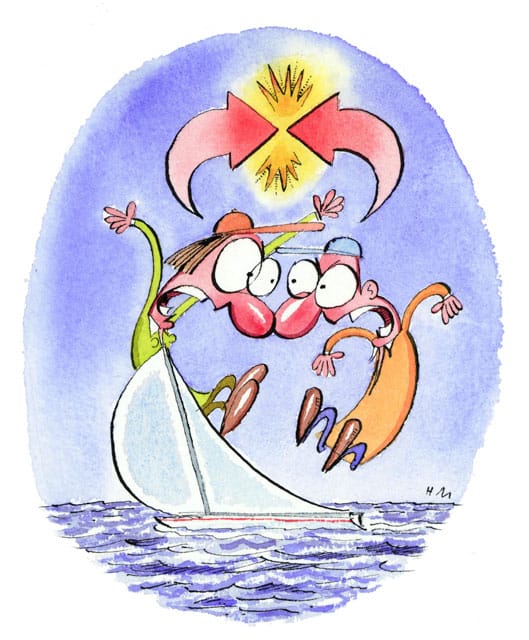
The racecourse is no place for a dysfunctional-decision-making.
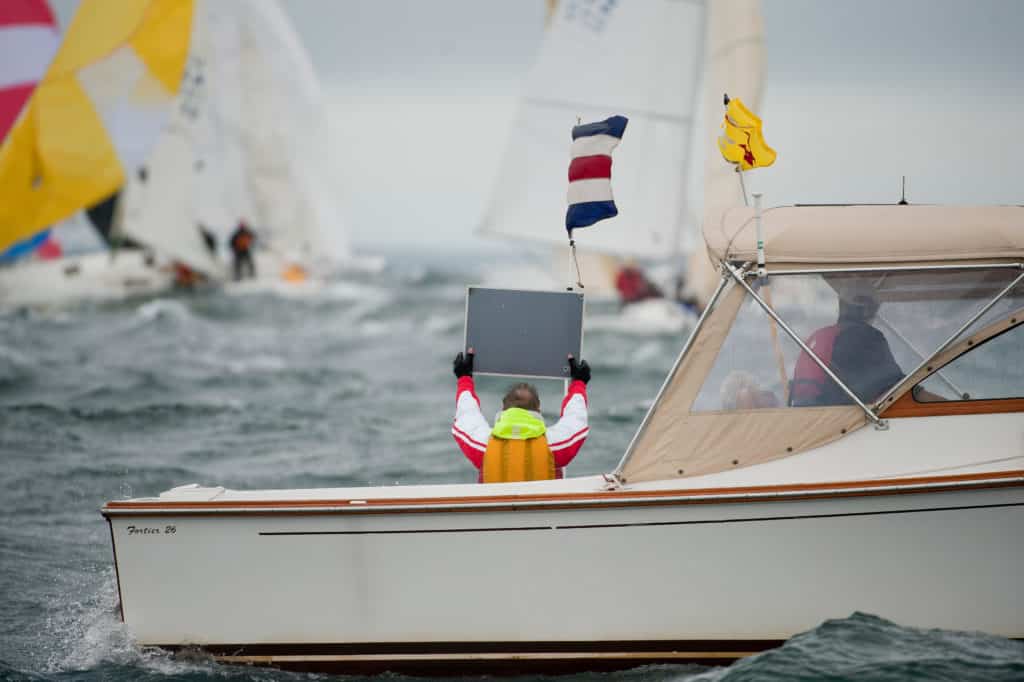
A course change usually comes at the worse time possible: while you’re rounding a mark in a pile up. But that whistle and Code Flag Charlie will have the info you need to make a move and get ahead, according to Terry Hutchinson. You just have to be ready for it.
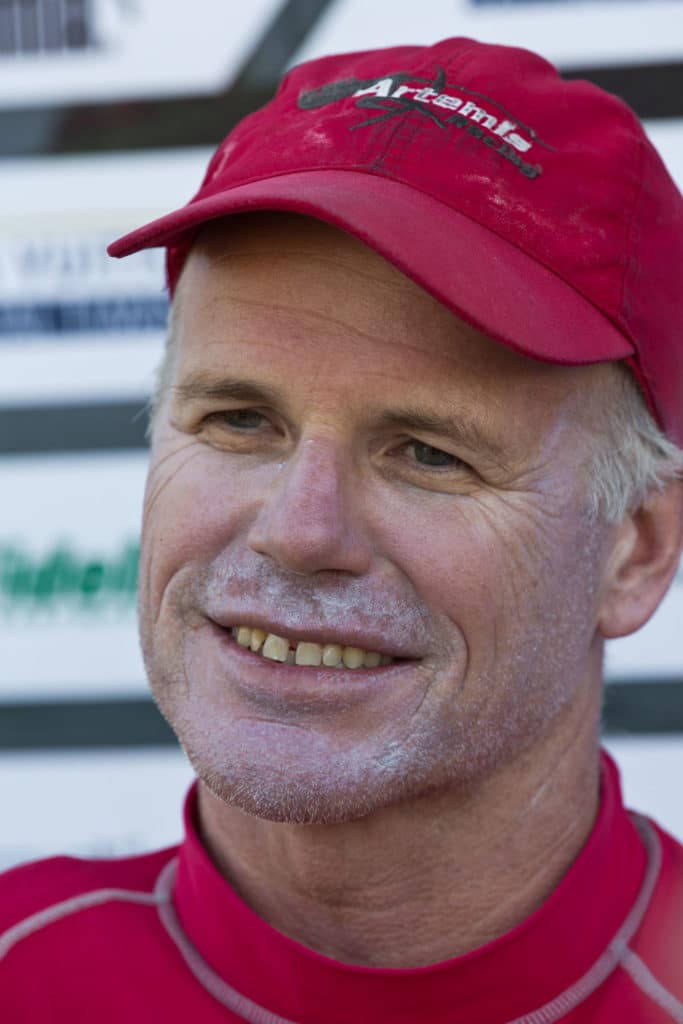
At the 52 Super Series, Quantum Racing’s Terry Hutchinson shares some tips for getting the best start you can.

Top bowman Matt Cassidy shares his tips for communicating time to the starting line in an effective and efficient manner.
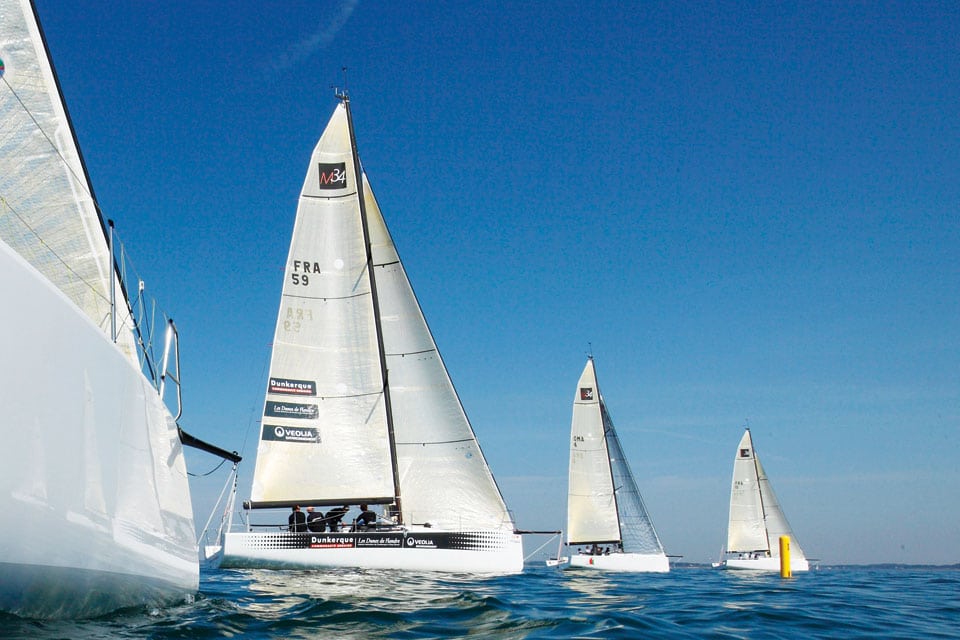
Strategy: There’s a lot going on in the final minutes of the pre-start, and a keen eye to what’s happening up the course and with your own sails can help you recognize, and react to, a last-minute shift.

Regattas are often won not by the sailor with the most great finishes, but by the sailor with the fewest bad finishes.

Knowing when to deviate from the fundamental rules of racing makes for more accurate tactical decisions and greater success on the racecourse.

If you sail by the numbers more than by the seat of your pants, then the calibration of your instruments is critical. Here’s how to ensure that your numbers are always reliable.

To understand what your instruments are really telling you, it’s important to first understand what the wind is doing and how it’s affecting your boat.

You’re only as good as your last improvement, and when it comes to winning a world championship, that means drawing upon past experiences.

When the team hasn’t sailed together in a while, there’s an easy way to get everyone on the same page and going fast.

Different experts have different opinions about how wind flows over a near-shore racecourse. Find a full list of reference materials below. From our October 2013 issue.

The racecourse is no place for a dysfunctional-decision-making.

A course change usually comes at the worse time possible: while you’re rounding a mark in a pile up. But that whistle and Code Flag Charlie will have the info you need to make a move and get ahead, according to Terry Hutchinson. You just have to be ready for it.

At the 52 Super Series, Quantum Racing’s Terry Hutchinson shares some tips for getting the best start you can.

Top bowman Matt Cassidy shares his tips for communicating time to the starting line in an effective and efficient manner.

Strategy: There’s a lot going on in the final minutes of the pre-start, and a keen eye to what’s happening up the course and with your own sails can help you recognize, and react to, a last-minute shift.
Sign up for Sailing World emails to receive features on travel destinations, event listings and product reviews as well as special offers on behalf of Sailing World’s partners.
By signing up you agree to receive communications from Sailing World and select partners in accordance with our Privacy Policy. You may opt out of email messages/withdraw consent at any time.